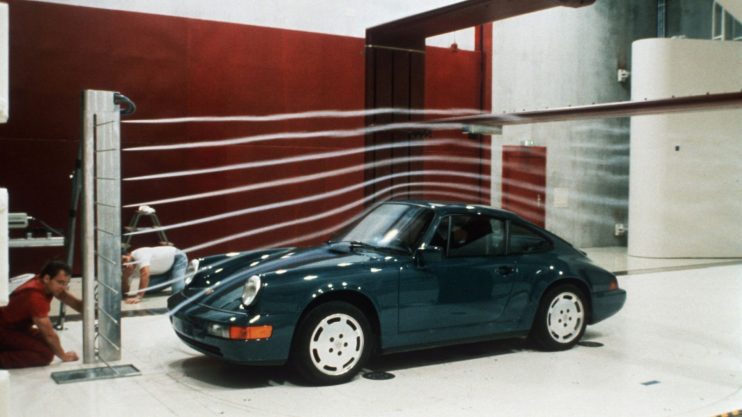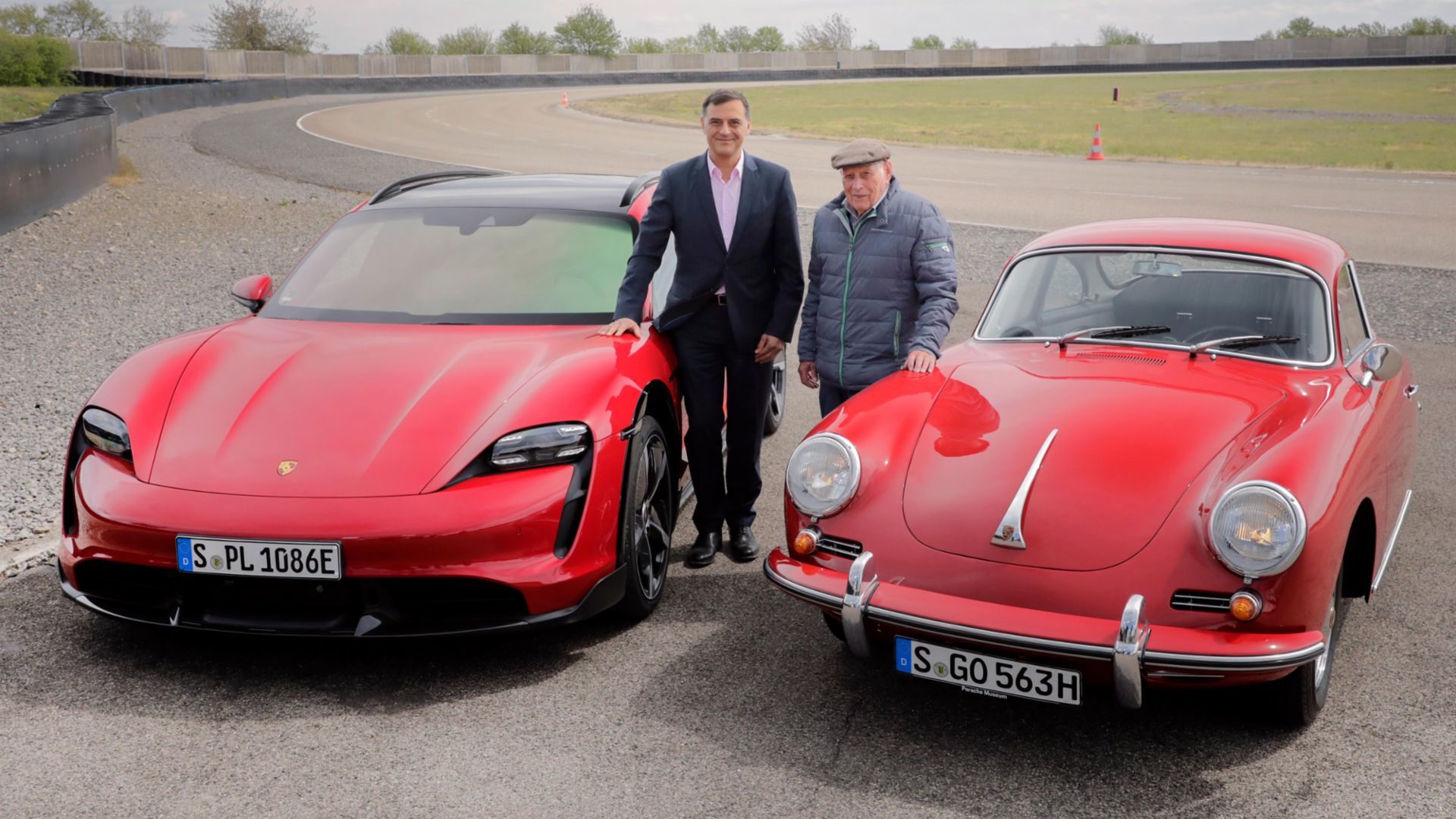Porsche celebrates 50 years of sports cars at Weissach

The Porsche development centre at Weissach has celebrated its 50th anniversary. Home to 6,500 designers, engineers and test drivers, the world famous ‘think tank’ is where every Porsche journeys from initial design sketch to road-going or racing reality.
The Weissach story actually starts in 1960, when Ferry Porsche, son of company founder Ferdinand, agreed a deal with the local Black Forest mayor to build a test track on open fields.
This 200-metre circular skid pad is where the first Porsche 911s were put through their paces – and was quickly followed by rough-road tracks for testing suspension, then a high-speed Can-Am circuit in 1971.
Introduction to forced induction

That same year, the Entwicklungszentrum Weissach officially opened its doors. One of its earliest projects was the original 911 (930) Turbo, which adopted turbocharging technology from motorsport to boost Porsche’s flat-six to 260hp.
A rival for the Lamborghini Countach and Ferrari 512 BB, it was arguably Germany’s first supercar.
At the same time, Porsche engineers were inventing a new type of axle – named after its birthplace. The Weissach axle debuted on the 928 in 1977, and used rubber bushes to make the rear wheels point inwards when cornering. This made the V8-engined coupe impressively stable and easy to drive – quite the opposite of a 930 Turbo, in fact.
Moulded by motorsport

Weissach expanded in the 1980s, leading development for the space-age Porsche 959 and gaining a wind tunnel and crash-test facility.
Since then, additions have included a temperature chamber that simulates from -40 to +90 deg C, an acoustic tunnel with 600 microphones, and a pit-stop practice area for motorsport teams.
In recent times, the development centre has become its own sub-brand. Weissach Package editions of the Porsche 918 Spyder and previous 911 GT3 RS offered less weight and aggressive aero for ultimate track performance.
Expect to see the Weissach name writ large again when the new 911 GT3 RS debuts in 2022.
Tim Pitt writes for Motoring Research